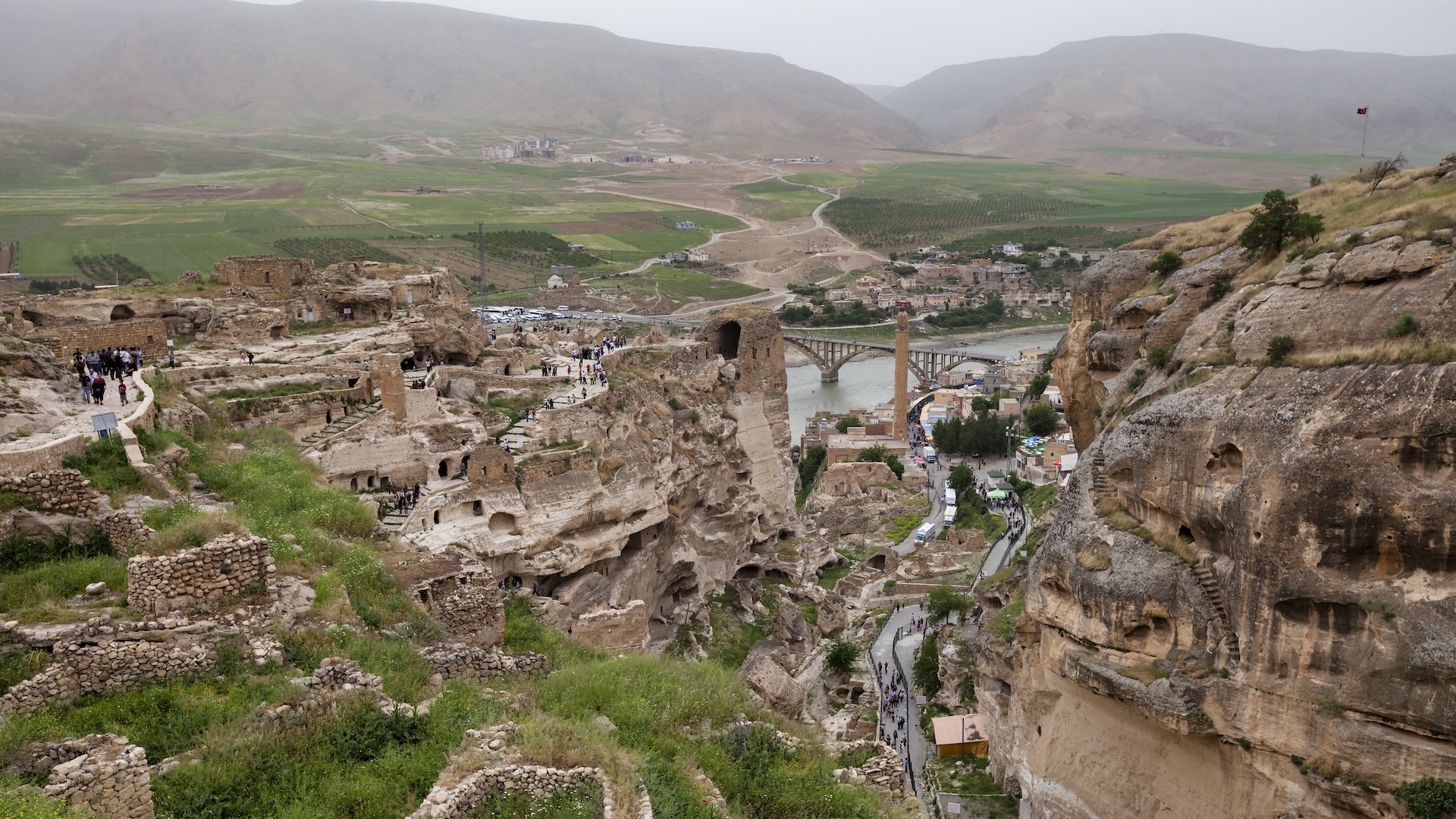Applied Sciences, Vol. 13, Pages 11480: Verifying the Stability of the Working Fronts of Lignite Open Pits Developed in Hilly Areas—A Case Study of Jilț North Open Pit (Romania)
Applied Sciences doi: 10.3390/app132011480
Authors: Florin Faur Maria Lazar Izabela-Maria Apostu Mioara Brujan (Predoiu)
Regardless of the period for which the lignite open pits from Romania will be kept in function, operational safety is an objective of utmost importance. In this context, the present paper aims to analyze the stability of the working fronts of a lignite open pit from Romania (Jilț North open pit). The development of Jilț North open pit involves excavations in a hilly area, with a level difference between the base of the open pit and the top of the hill of approx. 195 m (151 m by the end of 2023). Thus, based on the technical documentation provided by the mining operator (situation plan, cross-sections, stratigraphic columns, etc.) and laboratory tests (on the physical–mechanical characteristics of the rocks), a stability analysis model was created with the help of a specialized software. Following the analyses, it was found that two of these slopes (T1 and T3 steps) do not present a sufficient stability reserve (in fact they are unstable, Fs ˂ 1), to allow continuing extractive activities under safe conditions. Considering these results and using a well-known slope dimensioning method, two technical solutions were proposed to increase the stability reserve: a simple one, for the T3 step, which involves reducing the slope angle from 52° to 45°, and the second one, for the T1 step, a bit more complex, involving the inclusion in the general continuous flux of the open pit of a discontinuous sub-flux that aims to achieve three sub-steps, and the reduction in the general slope angle.

 1 year ago
21
1 year ago
21

